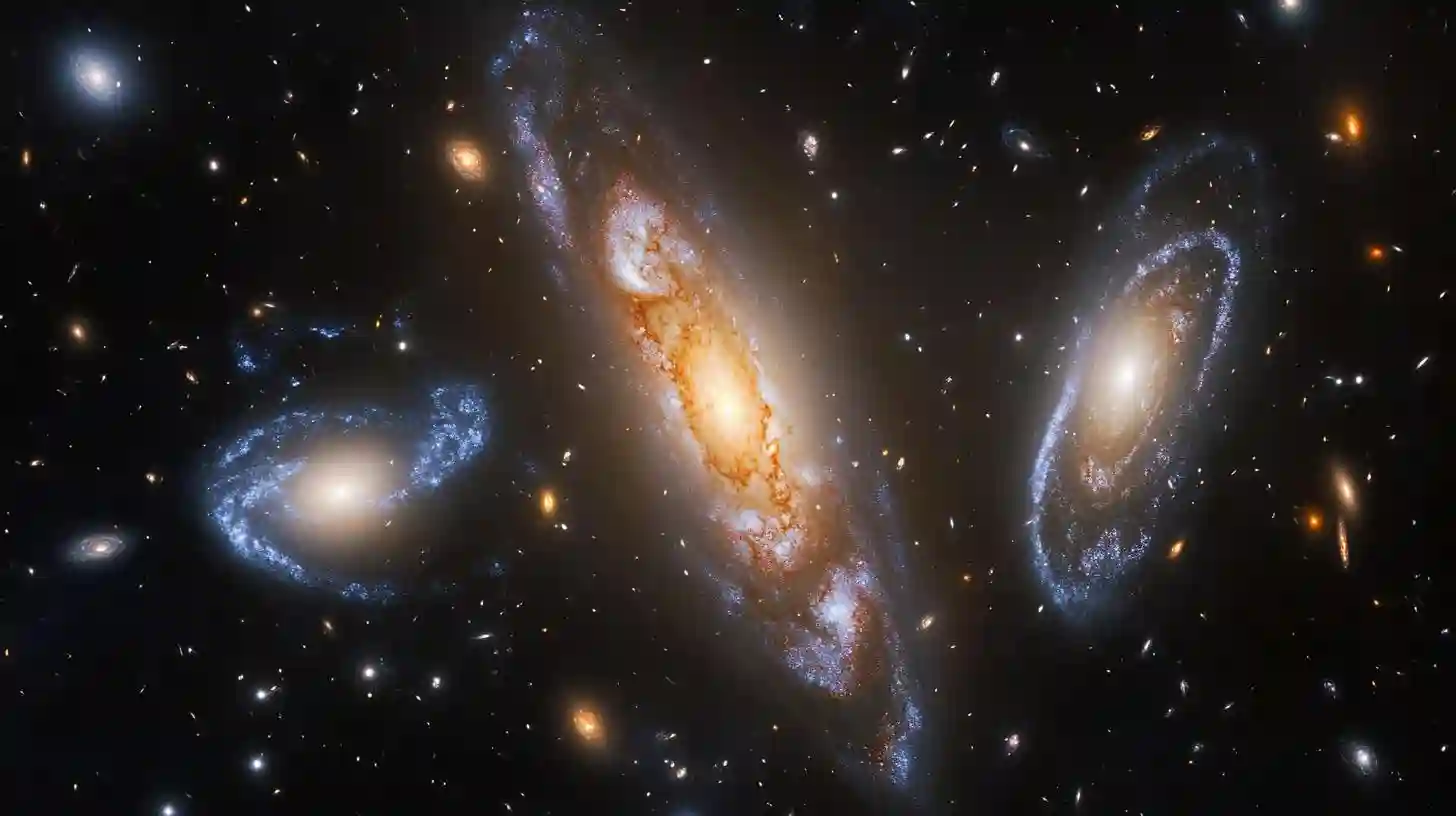
The study of spiral galaxies has long fascinated astronomers and cosmologists, offering insights into the very structure and evolution of the universe. Recent advancements in technology have revolutionized our ability to explore these complex entities, unraveling mysteries that have remained unsolved for decades. Innovations in observational tools, high-resolution imaging, and computational modeling have vastly expanded our understanding of spiral galaxies, revealing intricate details about their formation, dynamics, and the role they play within the cosmic landscape.
One of the most significant developments in this field has been the enhancement of telescopic technology. The advent of large ground-based observatories, as well as powerful space telescopes, has allowed scientists to observe these galaxies in unprecedented clarity. Instruments equipped with adaptive optics can correct for atmospheric distortions, thereby providing sharper images of distant spiral galaxies. This technological leap has enabled researchers to identify and study structures like the spiral arms, central bulges, and dark matter halos with a precision that was unimaginable only a few years ago.
These observations are complemented by advancements in imaging techniques that reveal the electromagnetic spectrum beyond visible light. The ability to detect infrared and radio waves has opened new avenues to study the stellar populations and gaseous components within spiral galaxies. Infrared telescopes, for instance, can penetrate the dust that often obscures regions of star formation, allowing astronomers to study star birth and the lifecycle of stars more effectively. Similarly, radio observations help to trace the distribution of atomic and molecular gas, offering insights into the material necessary for star formation.
Moreover, computational astrophysics has seen remarkable progress, allowing researchers to simulate the dynamic processes governing spiral galaxies. With the help of supercomputers, scientists can create detailed models that replicate the complex gravitational interactions between stars, gas, and dark matter. These simulations provide a platform to test theories about galaxy formation and evolution, revealing how spiral galaxies maintain their distinct shapes and structures over billions of years. The ability to visualize scenarios such as galaxy mergers and the effects of supermassive black holes has changed the way astronomers think about galaxy dynamics.
One of the fascinating outcomes from this combination of observational advancements and computational modeling is the discovery of the role of dark matter in shaping spiral galaxies. Traditional views held that stars and gas were primarily responsible for the visible structure of these galaxies. However, recent studies indicate that dark matter significantly influences the rotation curves of spiral galaxies. The intricate interplay between visible matter and dark matter underlies many of the characteristics observed in the spiral structure, leading to new questions about the nature and distribution of dark matter throughout the universe.
Additionally, ongoing surveys of nearby spiral galaxies have illuminated the diverse range of morphological types and their evolutionary pathways. The classification of galaxies has always been a foundational aspect of astronomy, but recent studies show that the traditional categories may not capture the complexities involved in galaxy evolution. For example, observations through large-scale surveys identify subtle variations in spiral arm structure and intensity, which correlate with differing environmental factors and historical interactions with neighboring galaxies.
The incorporation of machine learning and artificial intelligence in data analysis is another frontier in the exploration of spiral galaxies. These technologies enable astronomers to analyze vast amounts of data collected from surveys and identify patterns that may go unnoticed through traditional methods. Such automated techniques can help classify galaxies, detect anomalies, and predict galactic behaviors based on previous observations. As data sets continue to grow, the fusion of artificial intelligence with astronomical research is set to play an increasingly vital role in unraveling the complexities of spiral galaxies.
While our understanding of spiral galaxies has deepened significantly, new questions continue to arise. The more we learn about these captivating structures, the more intricate the puzzle appears. Questions about the impact of environmental factors on spiral structure, the fate of material in the interactions between galaxies, and the true nature of dark matter remain at the forefront of ongoing research. Each discovery leads to new paths of inquiry, demonstrating that the study of spiral galaxies is a dynamic and evolving field.
The intersection of cutting-edge technology and astronomical inquiry unveils a plethora of secrets held within spiral galaxies. As researchers continue to push the boundaries with innovative tools and methods, the mysteries of these cosmic spirals will gradually unfold. The journey of exploration is as much about the questions we ask as it is about the answers we uncover, ensuring that the study of spiral galaxies remains one of the most captivating endeavors within modern astrophysics.